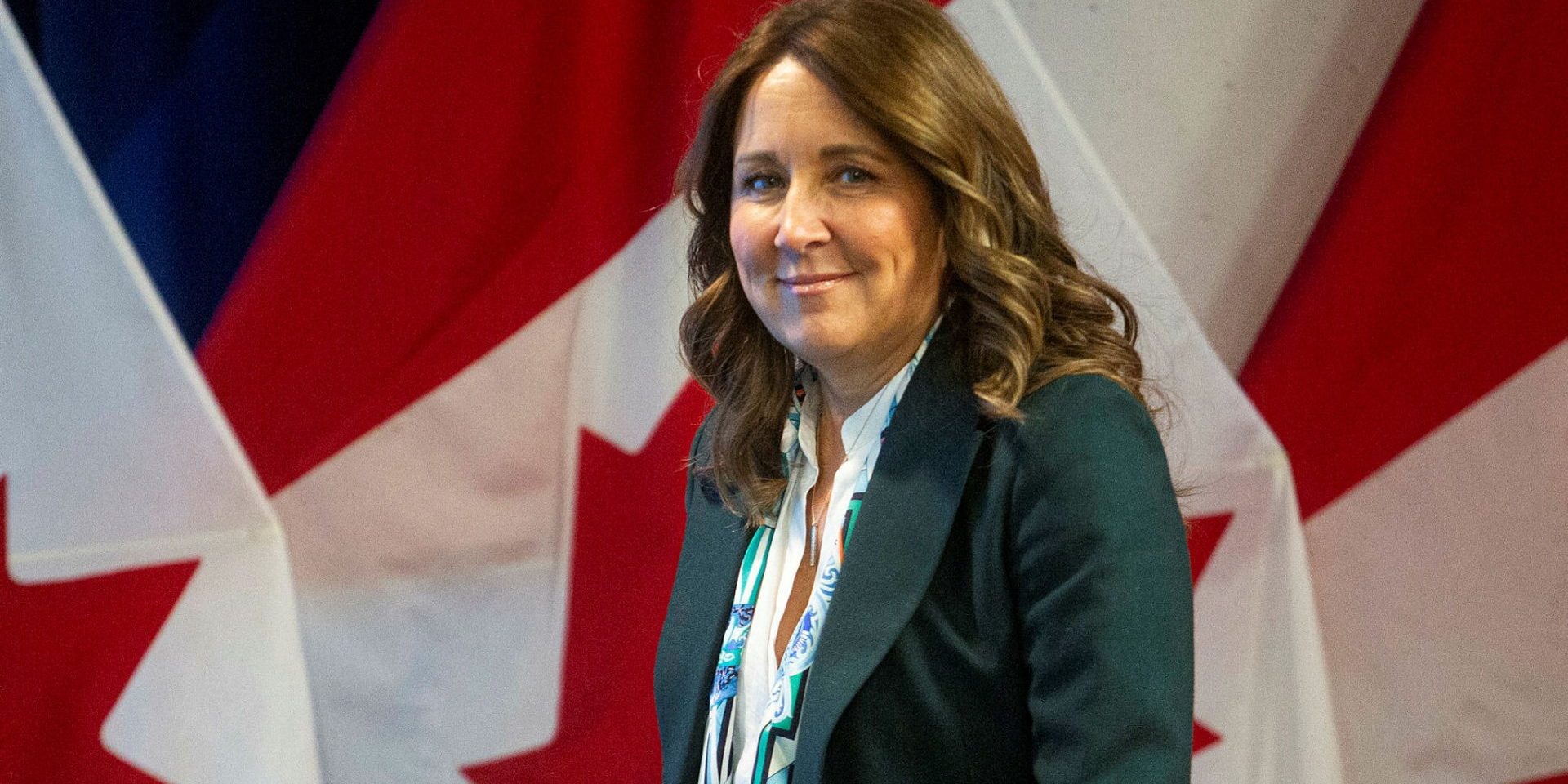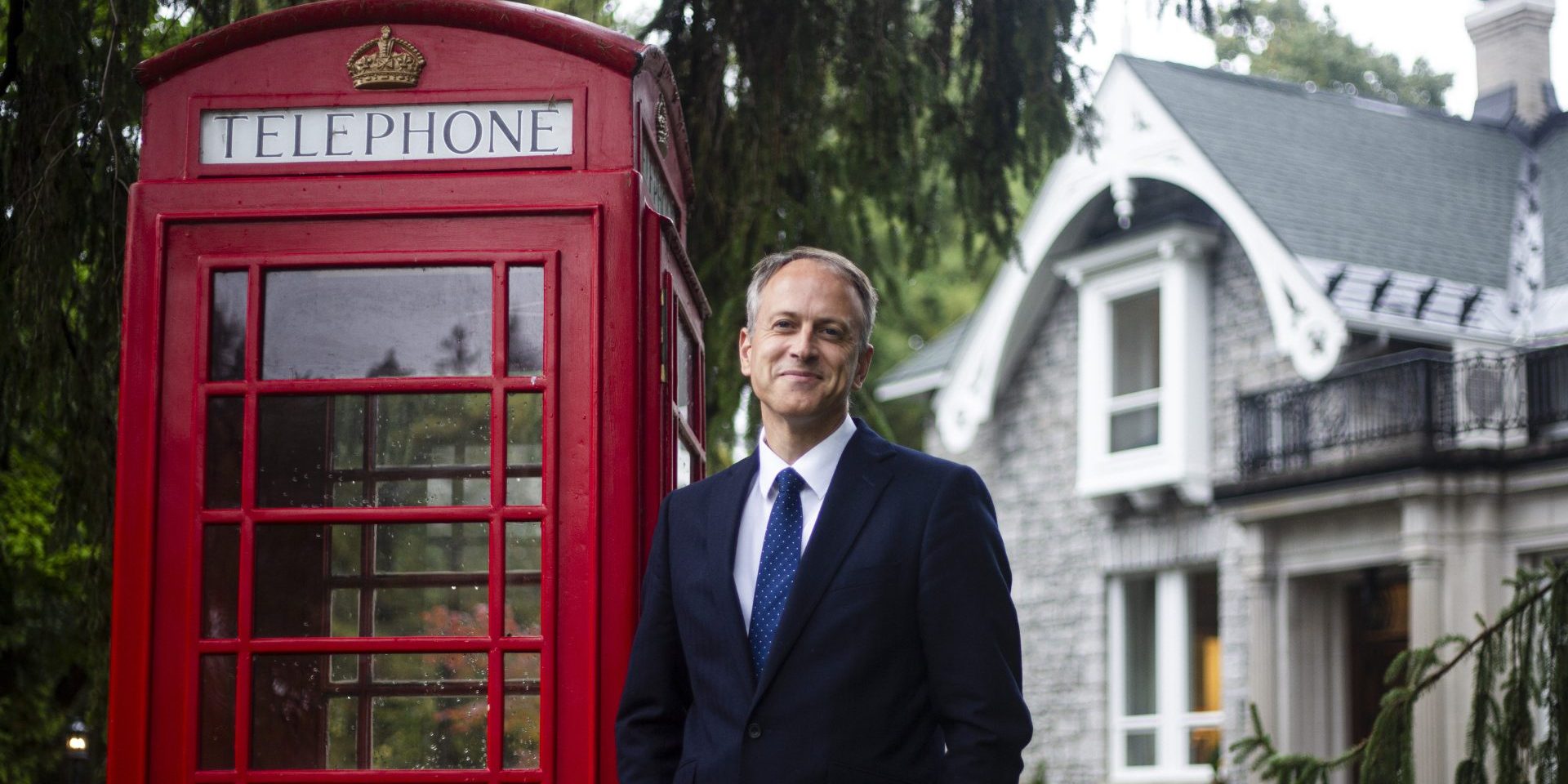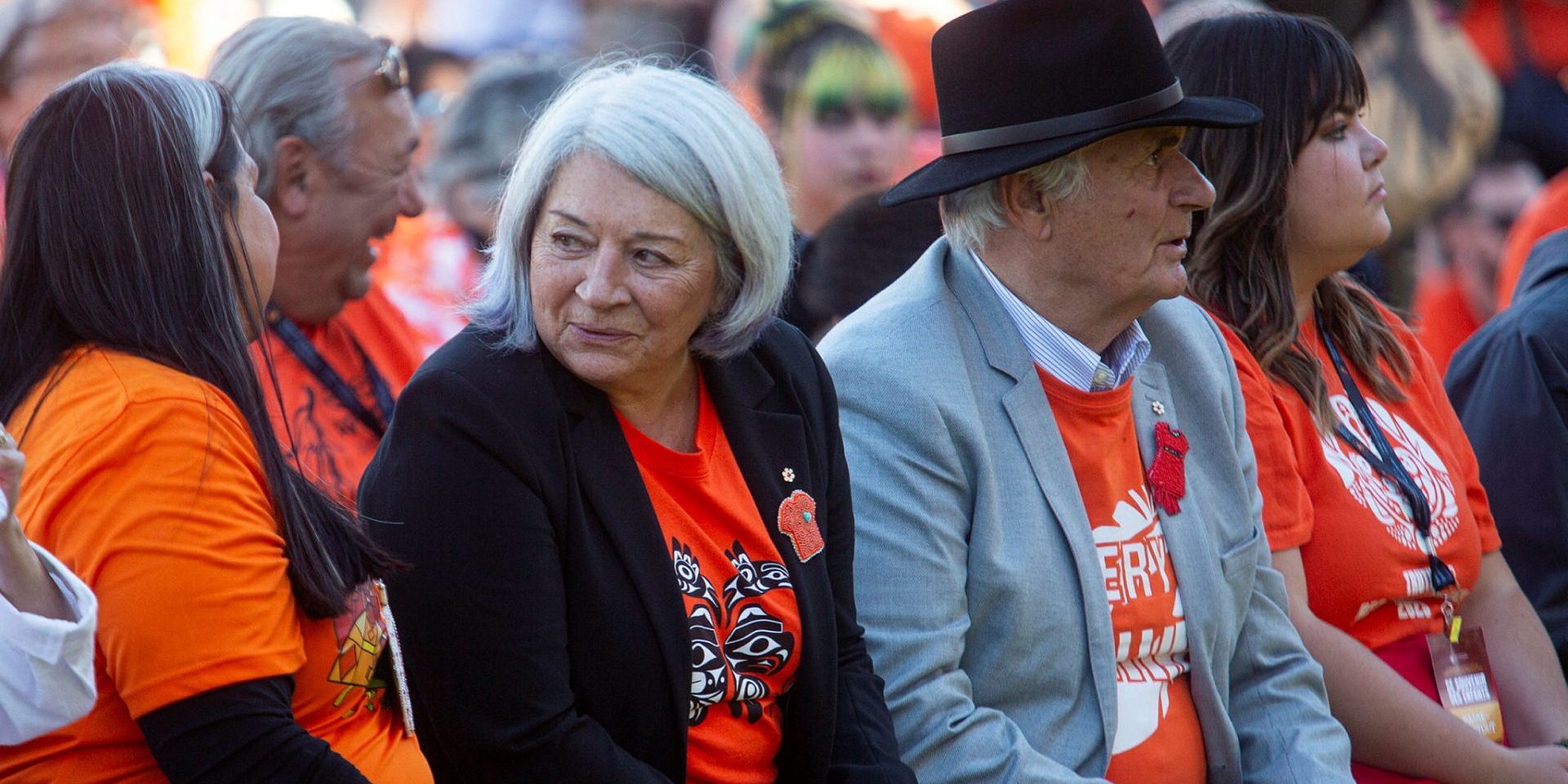Books, Big Ideas, Q&As
Q&A | Unpacking the ‘astonishing’ swing in federal polls with Frank Graves
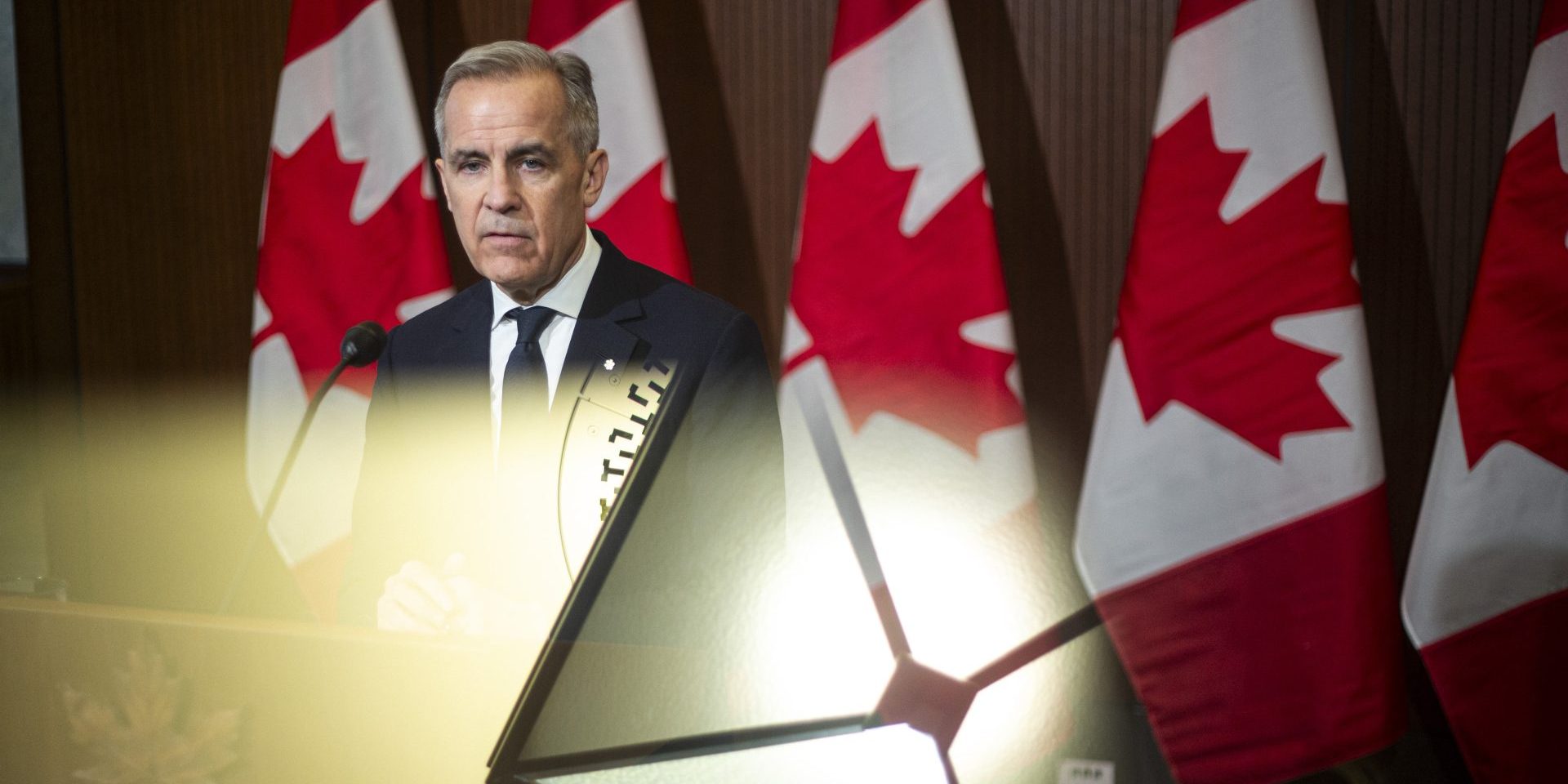
The recent Liberal resurgence in opinion polls after a long-documented collapse amounts to an “unprecedented transformation of the voter landscape,” says Ekos Research pollster Frank Graves.
Some of the rationale for that “astonishing” swing, Graves said, is tied to a shift in the “emotional engagement” of many Canadians who may have been persuaded by the “Canada is broken” mantra repeated by Conservative Leader Pierre Poilievre.
“The dominant outlook is now hope. That sets a powerful emotion, and one which was conspicuously missing from the political landscape” last year, said Graves, who recently wrote a piece in Maclean’s on April 10 examining how American President Donald Trump “turned Canadians off populism.”
Last week Graves joined The Hill Times’ Hot Room podcast to discuss that and more, including why men and women are so far apart in their party preference, and the conservative activists who are rejecting opinion polls that show their party trailing, with some rally members wearing sweatshirts saying ‘Don’t believe the polls.’
The following interview has been edited for length, style, and clarity. Listen to that episode for the full interview.
Pretend I’m one of the sweatshirt people. What would you say to me if I told you I don’t believe the polls?
“First of all, a lot of this election, people are exhibiting levels of disinformation and mistrust that means that we probably couldn’t have a rational conversation about it, and that they are affirming assumptions about why, in fact, their party is being shown to be losing pretty decisively, when, in fact, they know in their heart of hearts that it isn’t.
“[There] is an unprecedented transformation of the voter landscape. In decades of polling on the political landscape, I’ve never seen anything that came close to a party relinquishing a 25-point—a stable 13 points down. So that’s just unheard of. We started seeing this developing in the middle of January, and really accelerating at the end of January, something none of the other pollsters saw, which was uncomfortable at the time. But we’ve been vindicated because everything else is now falling into line. The other point was that the factors that were associated with the rise of the Liberals from a kind of a political tomb to this Lazarus-like ascent.
“Although you might get the sense from looking at the media and public polls that there’s some kind of erratic features to this, no. This has moved in a very straight line in our polling. It just rose very quickly in a straight, linear fashion, and it stabilized. It retracted a little bit, nothing dramatic. And now it’s really almost like it’s frozen in granite, and obviously it isn’t. There’s capacity for a lot to change. But right now, I don’t see anything puzzling about why this has happened.
“I’ve heard just crazy conspiracy theories about why the polls are being produced this way—they’re purposely being skewed because, for example, myself—and now, more recently, Nik [Nanos]—we’re being paid by the Liberals to show this. No, we don’t get any money from the Liberals. We do get government contracts which are part of a competitive process, which are won on a value-for-money basis, as we have for the last three decades with all types of government. But the number of bizarre conspiracy theories that are out there, it’s actually kind of unusual, and frankly, it gets offensive after a certain amount of time. We’ve never skewed a poll in a very long career. Neither have any of our colleagues and competitors. It would be a suicidal process to put out data which is wrong because…our core business is not based on doing political polling. It’s on doing market research—in our case, policy research, evaluation research, and so forth. And if we had a reputation for twisting our data or skewing it, then that would be suicide commercially.”
Let’s talk about the history. Was that an exceptional advantage the Conservatives had that was erased?
“The last time I would have seen a party with that kind of a lead would have been, for example, Paul Martin, when he was just taking over [the Liberal government] before he decided to call the Gomery Commission. Or, back in the day when [Brian] Mulroney was racking up numbers in excess of 50 per cent. But no, this is not normal.
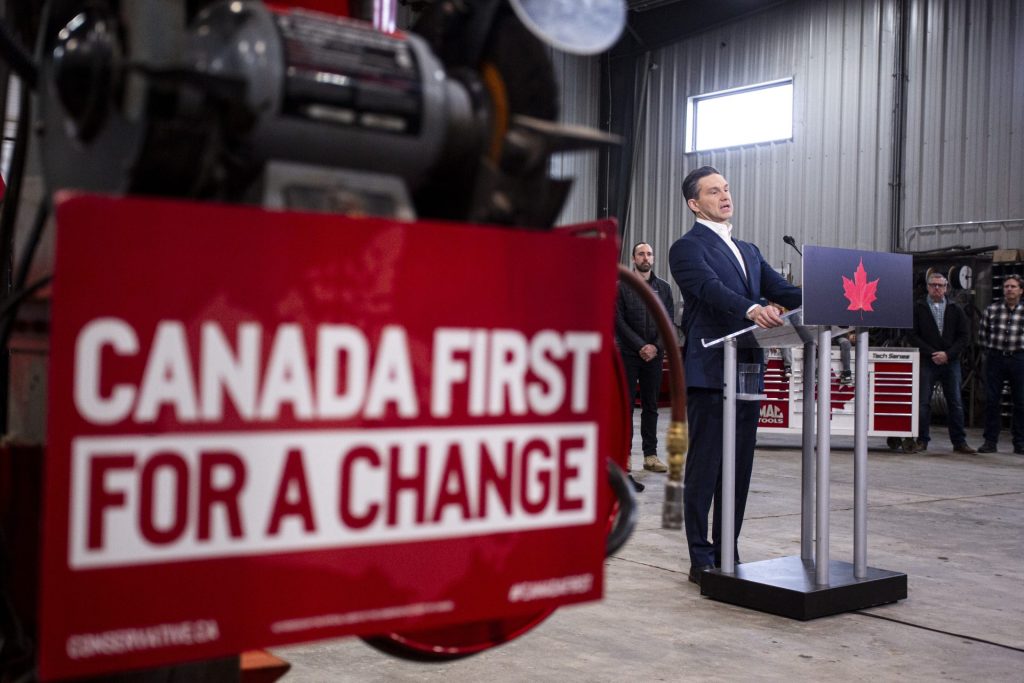
“Just think about the clear amount of movement. If you just look at all eligible voters—which is about 30-odd million Canadians—the Liberals have actually moved about eight million voters into their camp in a two-month period. That’s astonishing. But where they’ve come from, and why, is also very clear. Our final poll of 2024 had the NDP and the Liberals virtually tied at 19 and 18 points. The NDP have gone from being one point behind—effectively tied with the Liberals—being almost 40 points down. That’s also another story, which will be told by historians after this event concludes.
“I’ve never seen anything quite like this. This is historic. And in fact, voters tell us that this election—which I don’t think was going to be like the election of a lifetime three months ago—they’re saying ‘this is the most important election in my lifetime.’ And the stakes are very high.
“The emotional engagement has shifted dramatically. One of the absolutely critical drivers of this movement has been this rapid rise in what was a moribund sense of attachment to Canada, which was at a 35-year low. Canadians agreed with Mr. Poilievre: that Canada is broken, and we’ve never seen a darker, more divided Canada. And that hasn’t all been solved overnight. There’s been other shifts that have happened, as well, like the dominant outlook on the election. Emotions are very important to how elections proceed.
I remember Stanley Greenberg, [former U.S. president Bill] Clinton’s pollster, once told me: ‘Frank, there’s three things to win elections. No. 1 is emotion. No. 2 is emotion. No. 3 is emotion.’ And the emotional framing of this—particularly for those that are voting for the Liberals, but not exclusively for Liberals—the dominant outlook is now hope. That sets a powerful emotion, and one which was conspicuously missing from the political landscape as the year closed.
“I just think it’s become a real fundamental contest for the future, where Canadians see the world is going to be a different place. Our place in that world is going to be different. The view of the United States and Donald Trump—which has been the thing which has had the most massive impact on explaining this transformation—is that that’s not some kind of ephemeral disruption. It’s not all going to go back to normal once he’s gone. But the view is that this is permanent, and that we have to reconsider our place in the world, our sovereignty, our relationship with other countries. These are huge issues, which, frankly, weren’t on the table a few months ago.”
Let’s talk about demographics. Do you have any insight into why it is that women seem to have turned so sharply away from the Conservatives, while men have not?
“Yeah, I do. In our most recent poll, we have the Conservatives slightly ahead [with men]. But the more dramatic finding is we have the women’s vote almost 30 points ahead. I don’t remember seeing that ever. People say, ‘Well, this is analogous to what went on in the United States. [Democratic presidential candidate] Kamala Harris was doing well with women, and ultimately she was disappointed.’ They never had 30 points with women, or even close to that. So this is not the same thing.
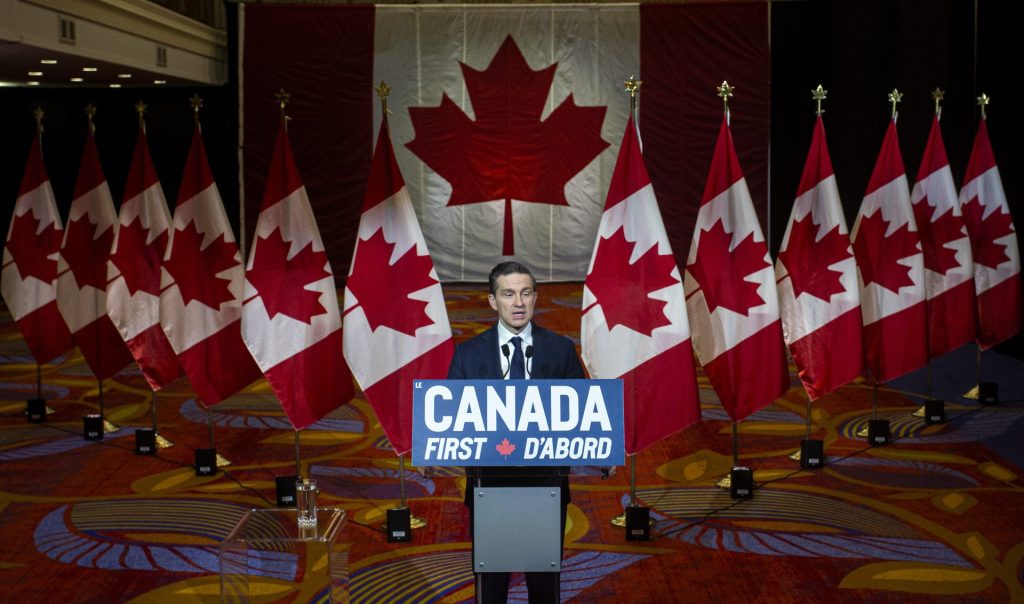
“So why? It does interact with generation very clearly. The key groups that are most offside with the Conservatives right now are women under 35 [years old], and women over 65—and for different reasons. The [male] group under 35 compared to women under 35, they’re very different. They are much more likely to exhibit disinformation. They believe things which, frankly, aren’t true, like governments are intentionally concealing the real numbers of deaths from vaccines. Or climate change is a hoax. Men under 50 …they’re not consuming any mainstream media, and they end up with systematically different views [from women] on some fundamental questions.
“Online harm and disinformation are greater concerns amongst women than men, but I think [women are] not attracted to this kind of populism that’s emerged, which includes an unhealthy portion—what you might call toxic masculinity—has produced a division amongst younger men and women that we haven’t seen before.
“But there’s other really big forces going on here, too, that are demographic. For example, the Liberals have moved ahead dramatically with [the] university educated, and the Conservatives continue to do well with college educated, which reflects the gap between the self-identified middle class—where the Liberals are doing very well—and self-identified working class, where the Conservatives are doing very well. These factors are also linked to and interact with social class. They also link it to socio-economic status. More affluent, educated people are feeling more comfortable with Mark Carney’s Liberals right now. And those fault lines are very large.”
Pierre Poilievre is under pressure to be more aggressive in denouncing Trump. You wrote in Maclean’s that pro-Trump, authoritarian-minded Canadians make up a major chunk of Conservative Party supporters right now at about 25 per cent of voters. Do you think Poilievre would be better if he rejected this group, and leaned harder into an anti-Trump campaign?
“That’s an interesting question because, to be blunt, the secret to his success was precisely in building on that base. So his base were dramatically more likely to think, for example, the Freedom Convoy is a good thing. And it wasn’t like it was a bit higher. It was 25-times higher than it was for Liberals or NDP supporters. Disinformation levels were similarly massively different. Institutional mistrust was massively different. And so this group—which was about 25 per cent of voters—were the key to what he built his success. And then he attracted another group of about 20 per cent of voters who are what we would call status-quo conservatives, or traditional Progressive Conservatives, or erstwhile Liberals that were sick of [former prime minister Justin] Trudeau.

“But the key factor was really looking at what was being announced by Donald Trump. Canadians had a pretty low yardstick for what they thought a second Trump administration was going to look like. … You have to realize that Mr. Poilievre had secured this enormous advantage through a very disciplined and effective campaign which was really premised on ‘Canada’s broken, Trudeau is bad, axe the tax.’ Repeated as a mantra, it was very effective. So all of a sudden, not only did he have to pivot because those are not the central issues anymore. The central issues are what are you going to do to deal with Donald Trump and his threat to our sovereignty? It’s not just you have to pivot and abandon the strategy which has been highly effective—which is hard to do in the middle of a campaign—you also have to reconcile, ‘how do I deal with squaring this up with the fact that the core constituency that I’ve used to propel myself to this elevated position actually don’t share those views? They kind of like Mr. Trump. They’re not that worried about annexation.’
“[Poilievre] not only had the difficulty of pivoting, he also had this difficulty of doing that without losing the group that had brought him there. … To be fair, even though he’s doing relatively poorly—mostly because the Liberals are doing so much better—he’s doing better than the Conservatives were in the last election in terms of popular vote. It’s not going to be enough because of the consolidation of the centre-left vote and the traditional Progressive Conservative vote under the new big red tent that the Liberals have put together.”
The Hill Times






 LICENSING
LICENSING PODCAST
PODCAST ALERTS
ALERTS